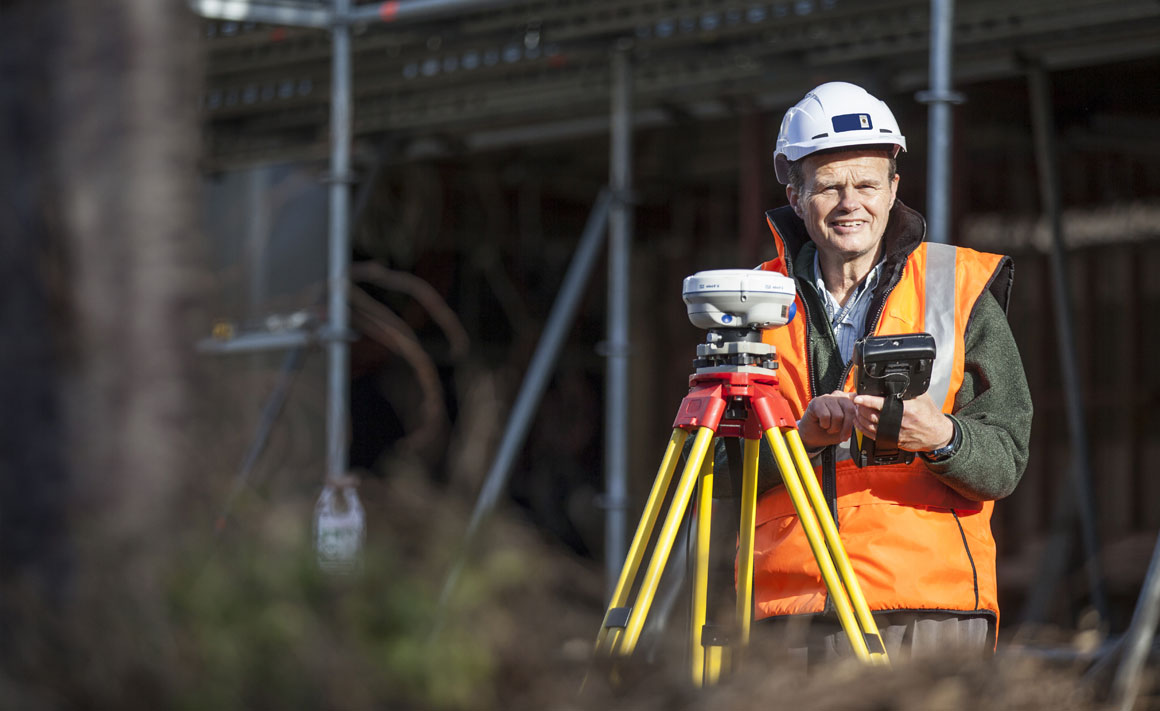 Monday 3 February 2014 1:13pm
Monday 3 February 2014 1:13pmAfter the earth moved: Dr Chris Pearson has been helping to create a new surveying computer model for Nepal.
Surveying lecturer Dr Chris Pearson is assisting in the reconstruction of Nepal, following the devastating earthquake in April 2015 that literally moved the entire country.
Spending six weeks in Nepal, Pearson has been helping to create a new surveying computer model for the country, at the invitation of the Nepalese Government and with the assistance of the New Zealand Ministry of Foreign Affairs and Trade.
Pearson explains that the earth's crust is in constant motion and geographical co-ordinates are constantly changing as a result. He says that computer models have been developed to take into account this motion and provide stable co-ordinates.
“In New Zealand, the movements are at a rate of about five centimetres a year so, over 10 years, your position will be off by about 50 centimetres.
“That is getting to be a big deal because, with modern surveying and construction techniques, such as the use of GPS, if you are 50 centimetres out, you are in trouble, so we have models to correct that.
“When major earthquakes happen, we end up with a sudden shift – over a large area of Nepal it was in excess of a metre – and then there is a gradational period going on for several years until the earth settles down.”
Pearson says that Nepal does not have a sophisticated correction system and he has been developing a new computer model that incorporates the necessary post-earthquake corrections.
He says that the work is a critical part of rebuilding Nepal, because of the reliance on tools such as GPS in reconstruction work, as well as enabling the Nepalese Government to develop new maps and mapping co-ordinates.
“This is a first in developing new datu so soon after an earthquake so that it can be used in the recovery,” he says.
Pearson is internationally recognised as an expert in the computer modelling required to accommodate movements in the earth's crust, an expertise he has honed researching earth movements in the Southern Alps of New Zealand and in the western United States.
FUNDING
- New Zealand Ministry of Foreign Affairs and Trade
- University of Otago